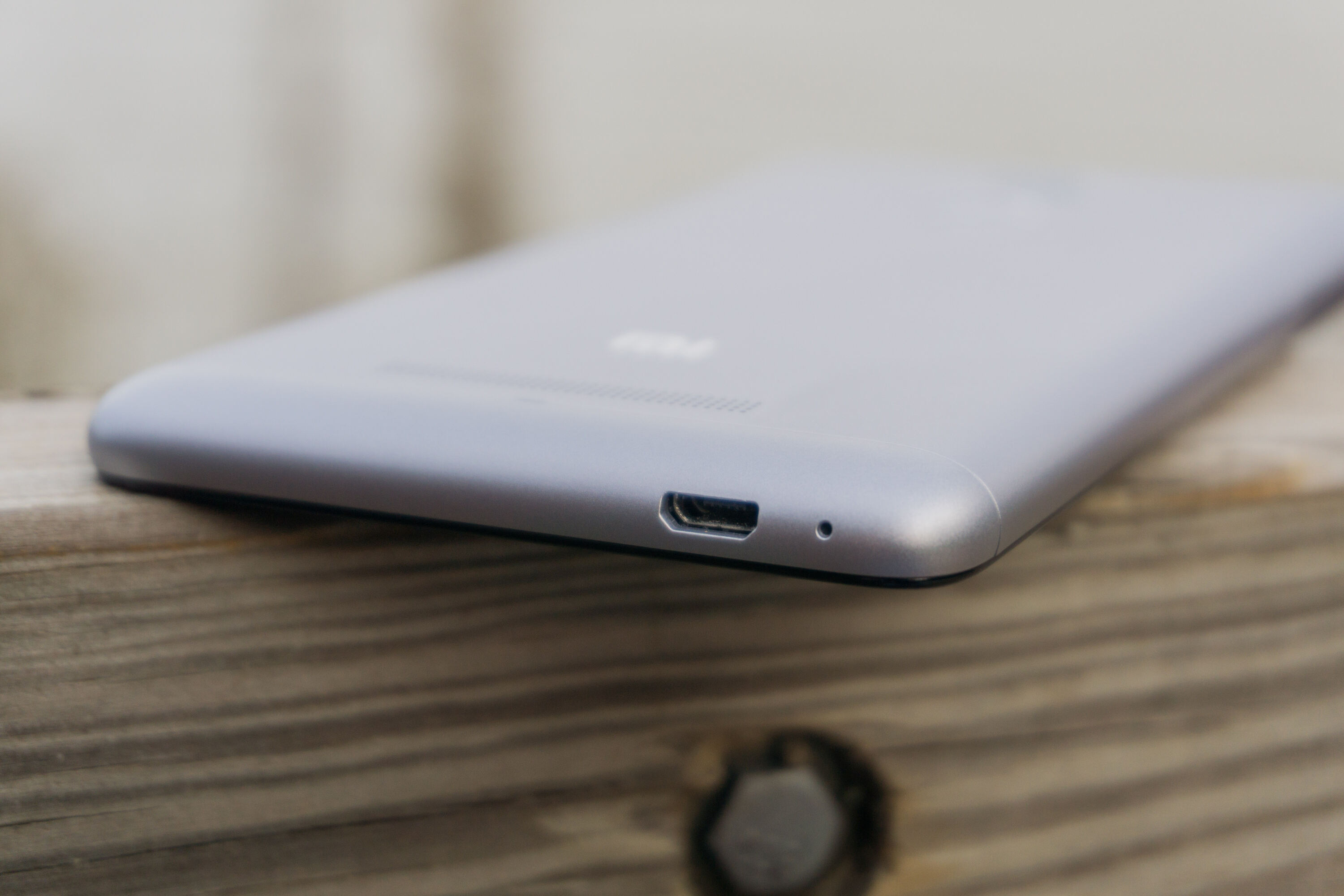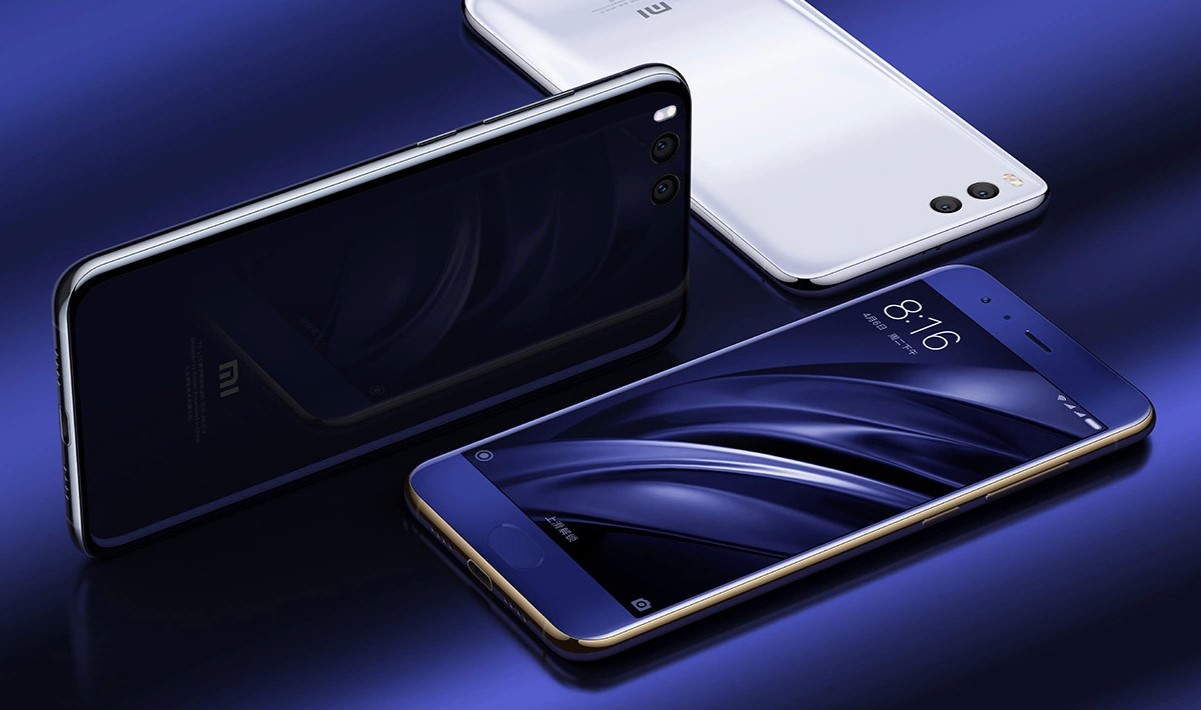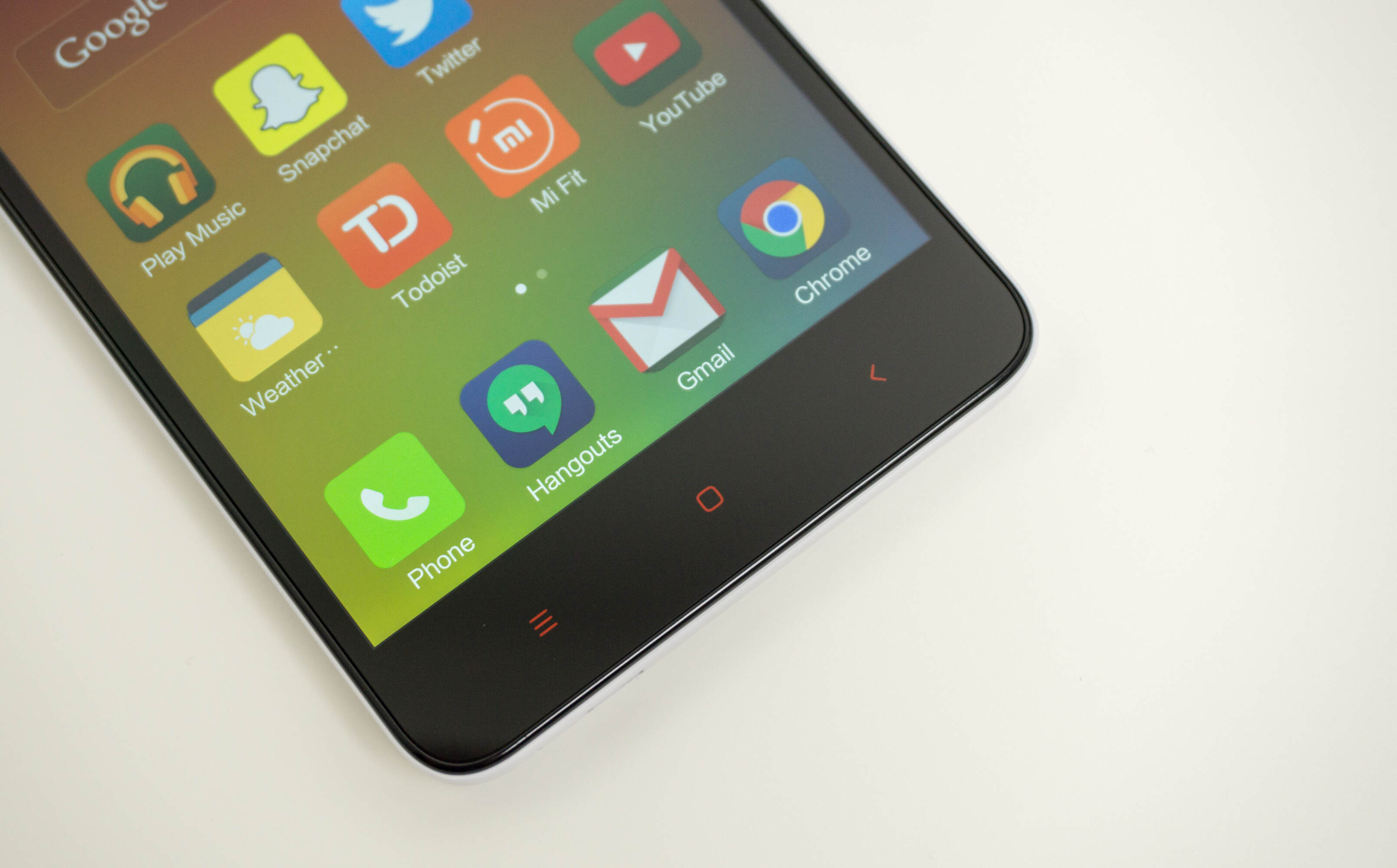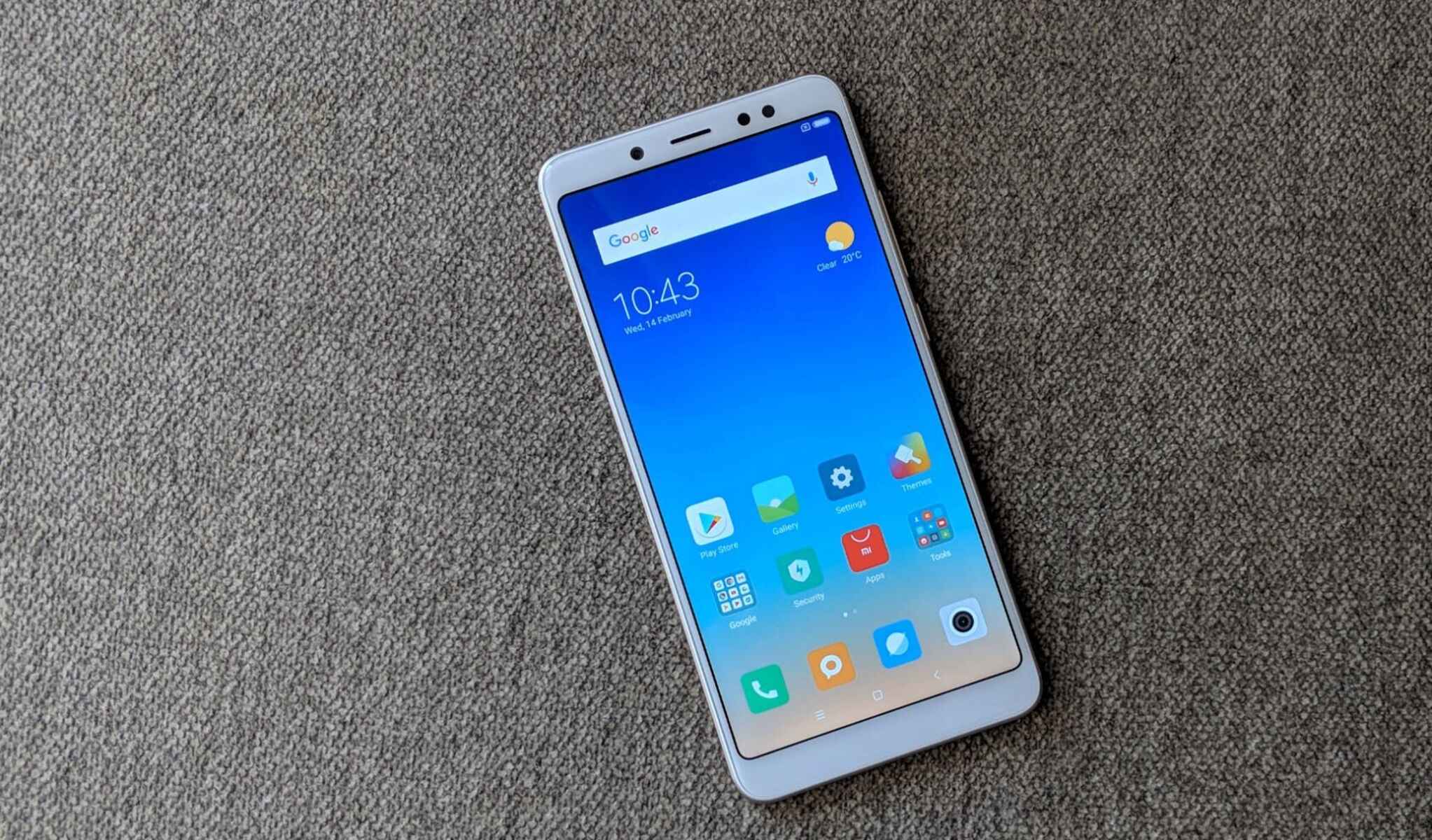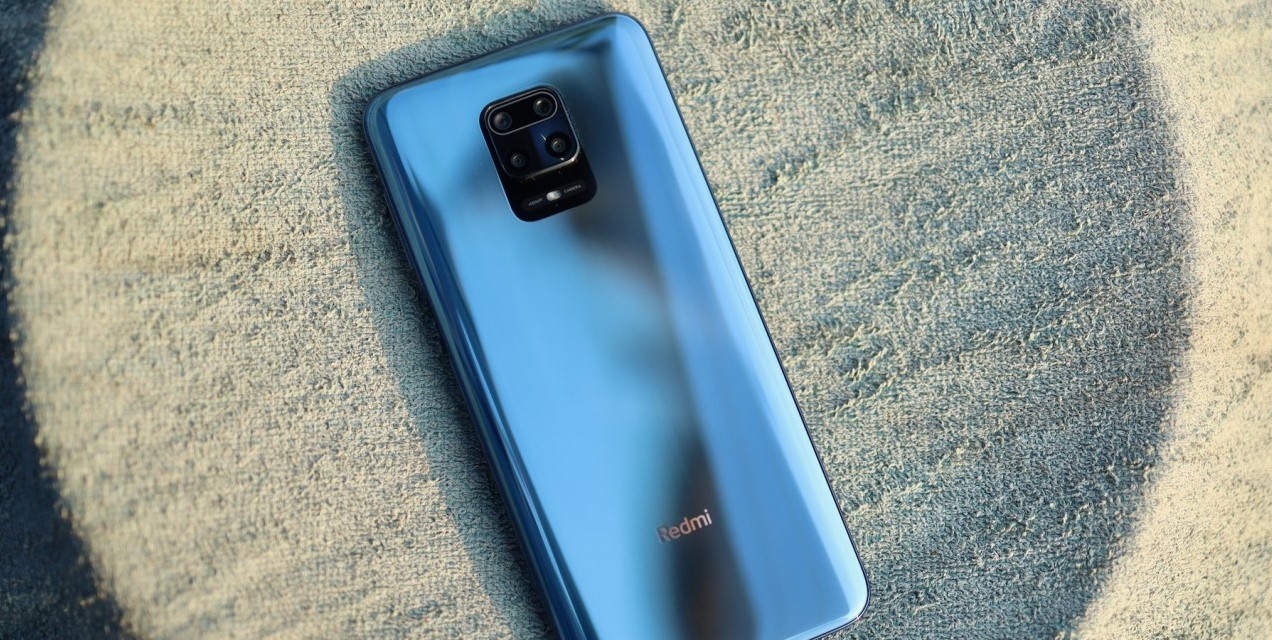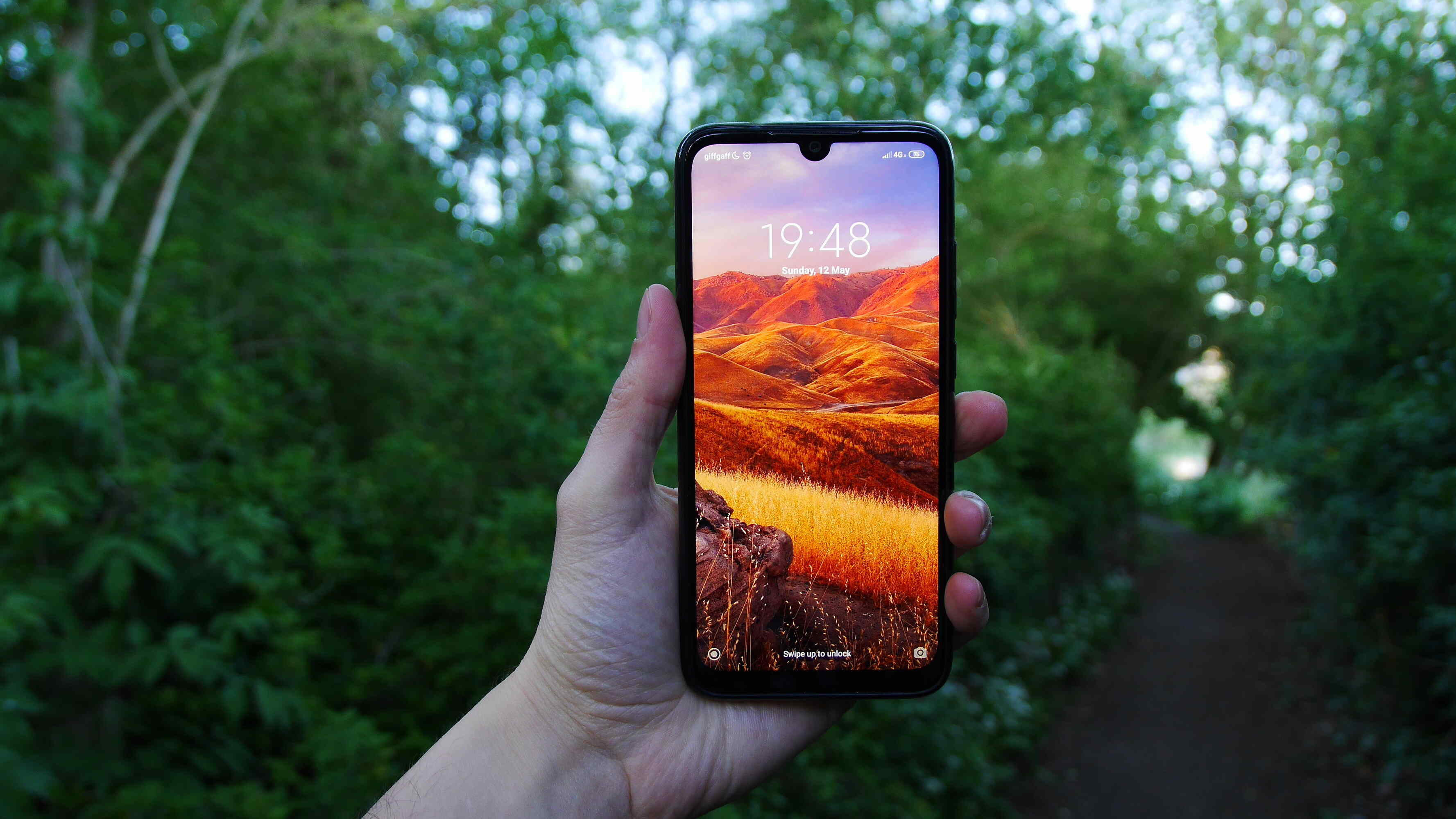Introduction
The Redmi Note series has garnered a loyal following due to its impressive features and affordable pricing. However, to unlock the full potential of your Redmi Note device, you may want to consider initiating TWRP (Team Win Recovery Project) recovery. This powerful custom recovery tool offers a range of benefits, including the ability to install custom ROMs, create and restore backups, and perform system-level modifications.
By delving into the world of TWRP recovery, Redmi Note users can elevate their device's capabilities and customize their user experience to suit their preferences. Whether you're a tech enthusiast looking to explore advanced customization options or a user seeking to optimize your device's performance, TWRP recovery can be a game-changer for your Redmi Note.
In this comprehensive guide, we will walk you through the process of initiating TWRP recovery on your Redmi Note device. From understanding the significance of TWRP recovery to the step-by-step installation process, this guide will equip you with the knowledge and confidence to embark on this exciting journey. Let's dive into the world of TWRP recovery and unlock the true potential of your Redmi Note device.
What is TWRP Recovery?
TWRP, which stands for Team Win Recovery Project, is a custom recovery tool designed for Android devices. It serves as an alternative to the stock recovery environment provided by the device manufacturer. TWRP recovery offers a wide array of functionalities that empower users to take full control of their devices and perform advanced operations that are not possible with the stock recovery.
One of the key features of TWRP recovery is its ability to facilitate the installation of custom ROMs. Custom ROMs are customized versions of the Android operating system, offering unique features, optimizations, and visual enhancements. By leveraging TWRP recovery, users can seamlessly install custom ROMs, thereby transforming their device's interface and functionality according to their preferences.
Moreover, TWRP recovery enables users to create and restore full system backups. This feature is invaluable for safeguarding important data and system settings. In the event of a software issue or the desire to revert to a previous state, TWRP recovery allows users to effortlessly restore their devices to a specific backup point, ensuring peace of mind and data security.
Additionally, TWRP recovery provides a platform for users to perform system-level modifications. This includes tasks such as flashing custom kernels, applying system tweaks, and managing partitions. These advanced capabilities empower users to fine-tune their devices, optimize performance, and explore a wide range of customization options that are not accessible through the stock recovery environment.
Furthermore, TWRP recovery offers a user-friendly interface, making it accessible to both novice and experienced users. Its touch-based navigation and intuitive design streamline the process of performing various operations, ensuring a seamless and hassle-free user experience.
In essence, TWRP recovery represents a gateway to a realm of advanced customization and control over Android devices. Its diverse functionalities, user-friendly interface, and compatibility with a wide range of devices have made it a popular choice among Android enthusiasts and power users seeking to unlock the full potential of their devices.
Why Install TWRP Recovery on Redmi Note?
Initiating TWRP recovery on your Redmi Note device unlocks a plethora of benefits and opportunities for customization and optimization. Here's why installing TWRP recovery on your Redmi Note can elevate your user experience:
1. Custom ROM Installation:
TWRP recovery empowers Redmi Note users to explore a wide range of custom ROMs, each offering unique features, visual enhancements, and performance optimizations. By installing custom ROMs through TWRP recovery, users can revamp their device's interface and functionality, breathing new life into their Redmi Note.
2. Backup and Restore Capabilities:
With TWRP recovery, Redmi Note users can create full system backups, safeguarding their important data and device settings. This feature provides peace of mind, allowing users to restore their devices to a specific backup point in the event of software issues or the desire to revert to a previous state.
3. System-Level Modifications:
TWRP recovery facilitates advanced system-level modifications, including the ability to flash custom kernels, apply system tweaks, and manage partitions. This level of control empowers users to fine-tune their devices, optimize performance, and explore a wide range of customization options not accessible through the stock recovery environment.
4. Root Access and Customization:
By initiating TWRP recovery, Redmi Note users can gain root access to their devices, unlocking the potential for deeper customization and control over the Android operating system. This opens the door to a myriad of advanced tweaks, apps, and system-level modifications that enhance the overall user experience.
5. Flashing Custom Mods and Add-ons:
TWRP recovery enables Redmi Note users to seamlessly flash custom mods, add-ons, and tweaks that enhance device functionality and introduce new features. Whether it's installing custom kernels for performance enhancements or adding new system-level features, TWRP recovery facilitates the seamless integration of custom modifications.
6. Device Optimization and Performance Tweaks:
With TWRP recovery, Redmi Note users can explore performance tweaks, optimizations, and system-level adjustments to fine-tune their devices according to their preferences. This level of customization allows users to maximize their device's potential and tailor the user experience to suit their individual needs.
In essence, initiating TWRP recovery on your Redmi Note device opens the door to a world of advanced customization, control, and optimization. Whether you're a tech enthusiast seeking to explore the depths of Android customization or a user looking to elevate your device's capabilities, TWRP recovery offers a gateway to a realm of endless possibilities for Redmi Note users.
Prerequisites for Installing TWRP Recovery
Before embarking on the journey to initiate TWRP recovery on your Redmi Note, it is essential to ensure that you have the necessary prerequisites in place. These prerequisites are crucial for a smooth and successful installation process, empowering you to unlock the full potential of TWRP recovery on your device. Here are the key prerequisites to consider:
-
Device Compatibility: Ensure that the TWRP recovery version you intend to install is compatible with your specific Redmi Note model. Different device variants may require different TWRP versions, so it is important to verify compatibility to avoid potential issues during the installation process.
-
Unlock Bootloader: Most devices, including the Redmi Note series, require an unlocked bootloader to install custom recovery such as TWRP. Before proceeding, it is essential to unlock the bootloader of your Redmi Note device. This process typically involves enabling developer options, obtaining the device unlock permission from the manufacturer, and executing the bootloader unlocking procedure.
-
Backup Data: Initiating TWRP recovery involves modifying the device's system, which carries a slight risk of data loss. Therefore, it is highly recommended to back up all important data, including photos, videos, documents, and app data, to ensure that your information is safeguarded in the event of unforeseen circumstances.
-
Charge Your Device: It is crucial to ensure that your Redmi Note device has an adequate battery level before initiating the TWRP recovery installation process. A fully charged device or one with sufficient battery level reduces the risk of interruptions during the installation, ensuring a smooth and uninterrupted process.
-
Download TWRP Image: Obtain the TWRP recovery image file that corresponds to your Redmi Note model. This file will be used during the installation process to flash TWRP recovery onto your device. Ensure that you download the correct TWRP image to avoid compatibility issues.
-
USB Debugging and ADB Drivers: Enable USB debugging on your Redmi Note device and ensure that the appropriate ADB (Android Debug Bridge) drivers are installed on your computer. This facilitates the communication between your device and the computer during the TWRP recovery installation process.
By ensuring that these prerequisites are met, you can proceed with confidence and embark on the process of initiating TWRP recovery on your Redmi Note device. These preparatory steps lay the foundation for a successful installation, empowering you to unlock the advanced customization and control offered by TWRP recovery.
Steps to Initiate TWRP Recovery on Redmi Note
Step 1: Enable Developer Options and USB Debugging
Begin by enabling Developer Options on your Redmi Note device. To do this, navigate to the "Settings" menu, select "About phone," and tap on the "Build number" multiple times until you see a message confirming that Developer Options have been enabled. Once enabled, access Developer Options from the main Settings menu and enable USB debugging. This allows your device to communicate with your computer during the TWRP recovery installation process.
Step 2: Unlock the Bootloader
Before proceeding with the TWRP recovery installation, it is essential to unlock the bootloader of your Redmi Note device. This process typically involves obtaining the necessary permissions from the device manufacturer, executing the bootloader unlocking procedure, and ensuring that your device is ready to accept custom recovery installations. Be sure to follow the specific instructions provided by the manufacturer for your device model.
Step 3: Download TWRP Image
Next, download the TWRP recovery image file that corresponds to your specific Redmi Note model. Ensure that you obtain the correct TWRP image to avoid compatibility issues during the installation process. Save the TWRP image file to a location on your computer where it can be easily accessed.
Step 4: Install ADB and Fastboot Tools
To facilitate the communication between your computer and your Redmi Note device, it is essential to install ADB (Android Debug Bridge) and Fastboot tools on your computer. These tools enable the execution of commands and the transfer of files between your computer and your device during the TWRP recovery installation process.
Step 5: Connect Your Redmi Note to Your Computer
Using a USB cable, connect your Redmi Note device to your computer. Ensure that USB debugging is enabled on your device and that the appropriate ADB drivers are installed on your computer to establish a successful connection.
Step 6: Boot Your Redmi Note into Fastboot Mode
Once your device is connected to your computer, boot it into Fastboot mode. This can typically be achieved by powering off the device, then pressing and holding the appropriate key combination (often the power button and volume down button) to enter Fastboot mode.
Step 7: Flash TWRP Recovery Image
With your Redmi Note in Fastboot mode and connected to your computer, navigate to the location where the TWRP recovery image file is saved. Open a command prompt or terminal window on your computer and execute the command to flash the TWRP recovery image onto your device. This process involves transferring the TWRP image file to your device and installing it as the custom recovery environment.
Step 8: Reboot into TWRP Recovery
Once the TWRP recovery image has been successfully flashed onto your Redmi Note device, reboot it into the newly installed TWRP recovery environment. This can typically be achieved by executing the appropriate command in the command prompt or terminal window on your computer.
By following these steps meticulously, you can initiate TWRP recovery on your Redmi Note device, unlocking a world of advanced customization, control, and optimization. This process empowers you to explore the full potential of your device and tailor your user experience to suit your preferences.
Conclusion
In conclusion, initiating TWRP recovery on your Redmi Note device represents a transformative journey into the realm of advanced customization, control, and optimization. By delving into the world of TWRP recovery, Redmi Note users can unlock a myriad of opportunities to elevate their user experience and tailor their devices to suit their individual preferences.
The installation of TWRP recovery empowers users to explore custom ROMs, create and restore backups, perform system-level modifications, and gain root access, thereby opening the door to a world of endless possibilities. Whether you're seeking to revamp your device's interface with custom ROMs, safeguard important data with comprehensive backups, or fine-tune performance through system-level modifications, TWRP recovery offers a gateway to a realm of advanced customization and control.
Furthermore, the user-friendly interface of TWRP recovery ensures that both novice and experienced users can navigate its functionalities with ease, fostering a seamless and hassle-free user experience. This accessibility, coupled with its diverse capabilities, makes TWRP recovery a valuable tool for Redmi Note users looking to explore the depths of Android customization and optimization.
It is important to note that while the installation of TWRP recovery unlocks a world of opportunities, it also comes with a responsibility to exercise caution and follow best practices. Users should prioritize the backup of important data, ensure device compatibility, and adhere to manufacturer guidelines to mitigate potential risks associated with custom recovery installations.
In essence, initiating TWRP recovery on your Redmi Note device is a gateway to a world of advanced customization, control, and optimization. It empowers users to transcend the limitations of the stock recovery environment and embark on a journey of exploration and personalization. By following the comprehensive guide outlined in this article and embracing the possibilities offered by TWRP recovery, Redmi Note users can unlock the true potential of their devices and curate a user experience that aligns with their unique preferences and aspirations.









